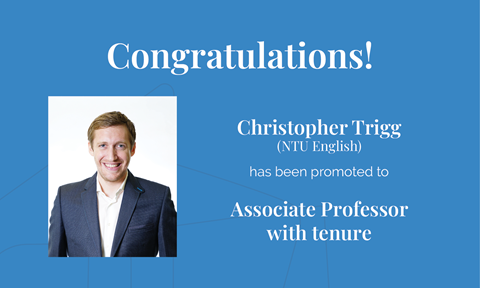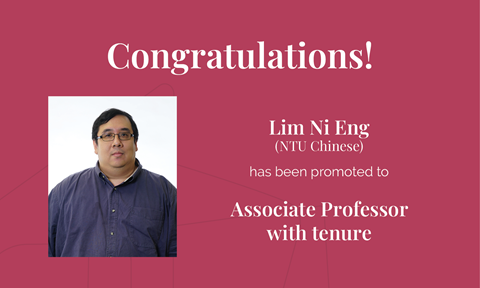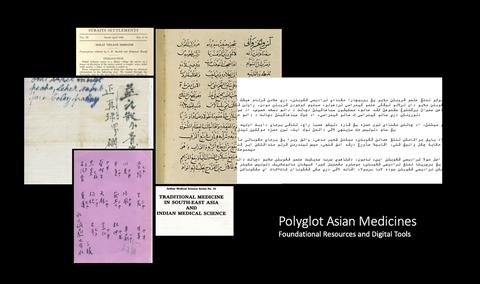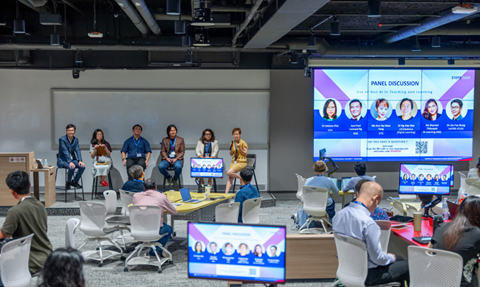Timothy Gao explores Victorian fascination with imagined places, people, and facts
How can we understand the novel as a form of artificial reality? Novelists in the nineteenth century were emphatic about the ‘reality’ of their novels – not only their social or moral truthfulness, but also the immersive specificity with which they could be experienced. Pondering the town he had invented in his novels, Anthony Trollope had 'so realised the place, and the people, and the facts' of Barset that 'the pavement of the city ways are familiar to my footsteps'. After his novels end, William Thackeray wonders where his characters now live, and misses their conversation. Charles Dickens’s critics worried about the hallucinogenic potential of his scenes to assume ‘the coercive force of realities’. Even within the world of novels, Charlotte Brontë’s protagonists live both ‘the life of thought, and that of reality,’ one fed with ‘daily bread’ and the other with ‘the strange necromantic joys of fancy’.
Timothy Gao’s new book proposes a history of virtual realities, stemming from the imaginary worlds created by novelists like Trollope, Thackeray, Brontë, and Dickens. Departing from established historical or didactic understandings of Victorian fiction, Virtual Play and the Victorian Novel recovers the period's fascination with imagined places, people, and facts. This text provides a short history of virtual experiences in literature, four studies of major novelists, and an innovative approach for scholars and students to interpret realist fictions and fictional realities from before the digital age.
Virtual Play and the Victorian Novel is available from Cambridge University Press, and is published under Open Access. For more information, please visit the publisher website: https://www.cambridge.org/core/books/virtual-play-and-the-victorian-novel/9D560160DC7E1A6F06C22421810D6C39







